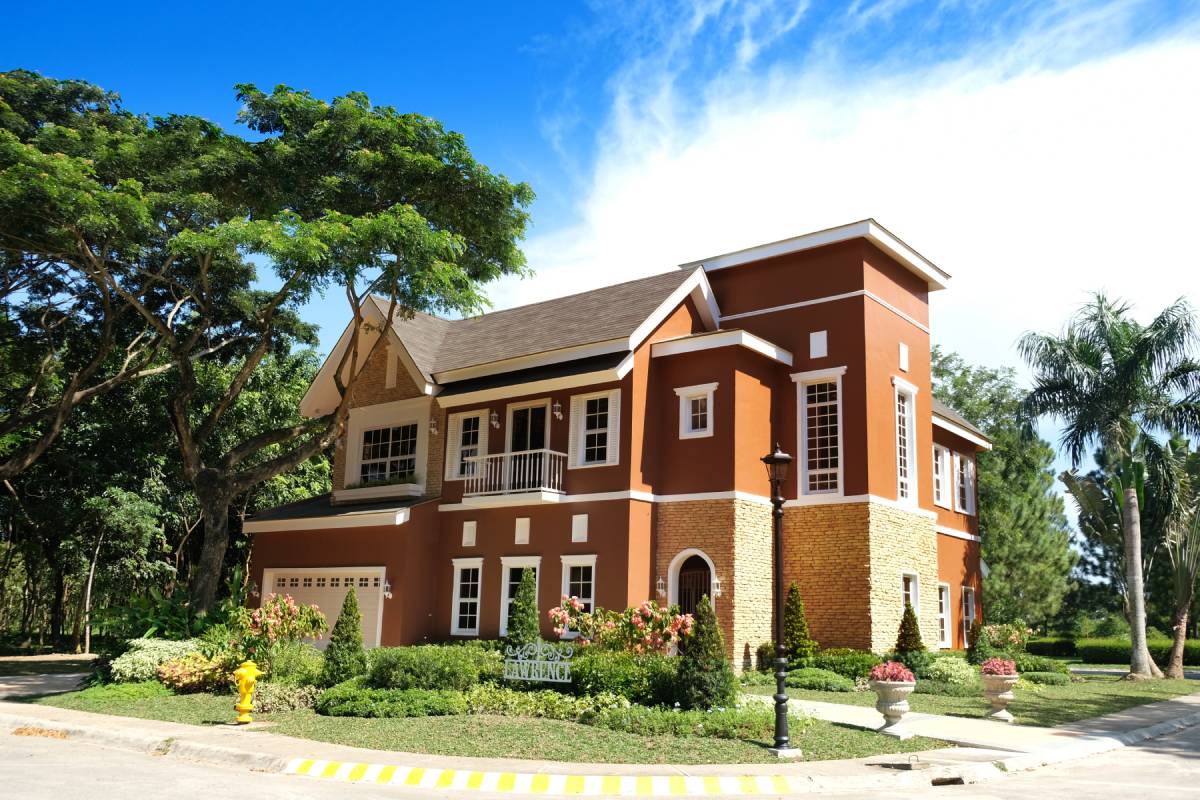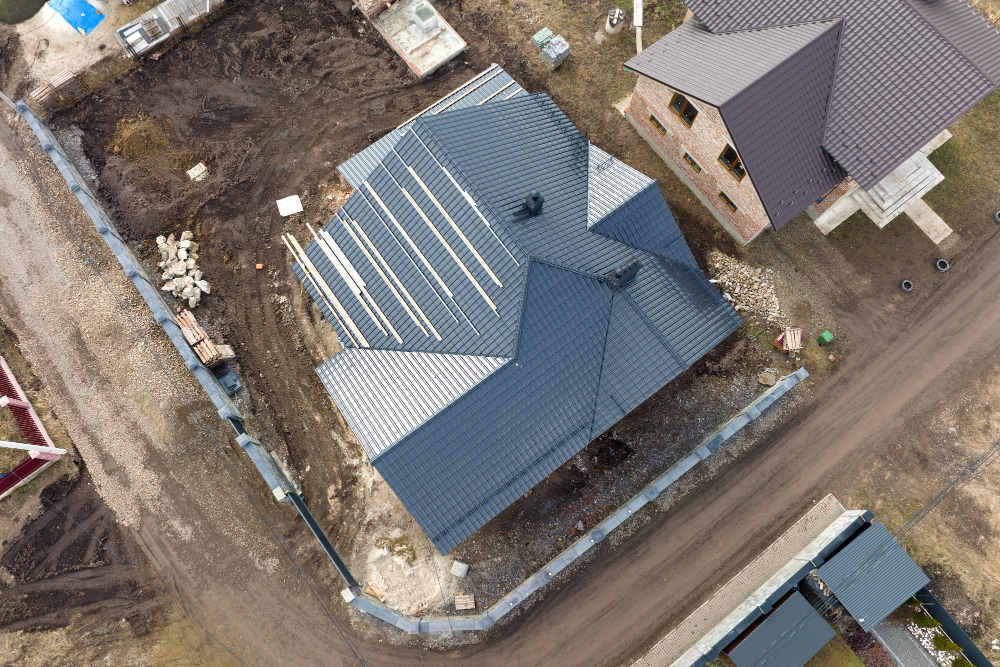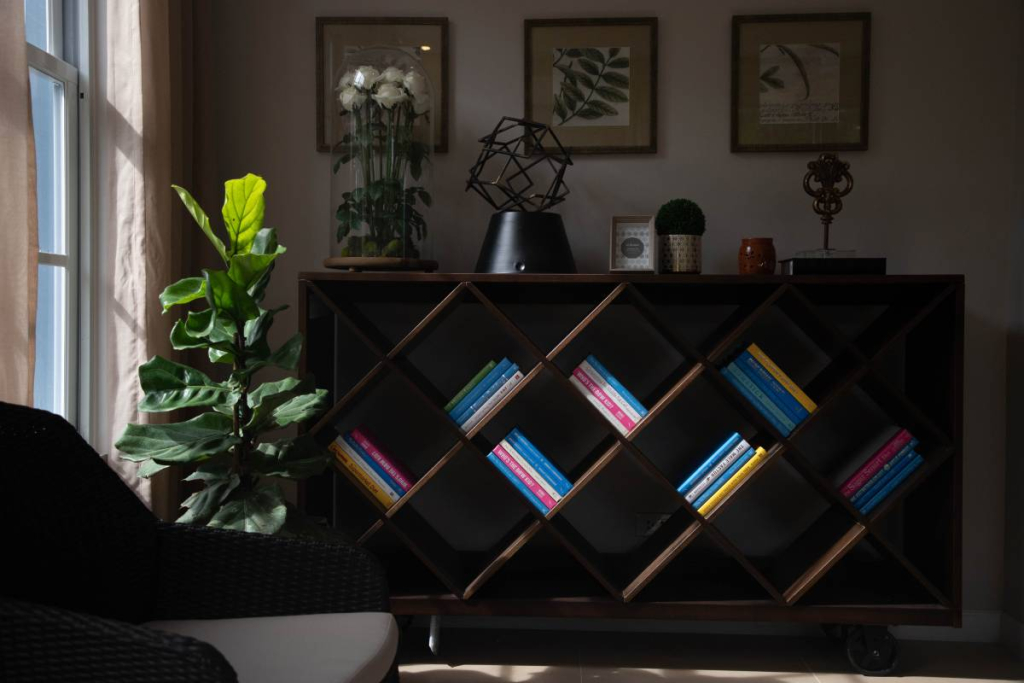Build your Dream House: Where to Start?

To build your dream house is one of the most rewarding things you can do in life. You get to spend time with your family, and the end result is something that will last for generations to come. It’s a huge undertaking, though, and it’s easy to get overwhelmed by all the tasks at hand.
And yet, with a little planning and forethought, building your house can be an adventure in which you are blessed to experience both your worst days and best days simultaneously! If you’ve decided that building a home is right for you but aren’t sure where to begin, keep reading! The following tips will set you on the right path:
Get your finances in order.
The first step to building your dream house is getting your finances in order. Before you begin the process of finding a builder, it’s important to know how much money you can afford and what kinds of costs will be involved.
First, create a realistic budget for the project. This should include estimates for materials and labor costs, taxes on the property, development fees (if applicable), permits and inspections (if necessary), landscaping expenses (which may include hiring someone else), moving expenses if you’re relocating from an existing home or apartment into your newly built one…and anything else that might come up along the way!
Then make sure that whatever amount you’ve budgeted covers these anticipated costs—and then some! Having enough money for your project is a good start.
You should also consider whether or not there are any other financial obligations that could be affected by building a new house.
Investigate different homes.
The second step is to look at different homes, whether they’re in an area you want to live in or not. Doing this will help you understand what features are important to you so that when you begin the search for your dream house, you know exactly what it should have and where it should be located. Here are some things to consider while looking at different houses:
Style
Determine exactly what style you like most. Think about how you want your house to look. Do you prefer modern architecture or something more traditional? Do you want a ranch-style home or a colonial? What about the interior design, gardens, and landscaping? How do they fit into the picture?
Once you have an idea of the style that best suits your tastes, start looking for homes for sale in that category. Pay attention to what other people are doing with their yards, as well as the colors and materials used on their houses.
If there are any local builders who build homes in your preferred style, pay them a visit so that you can see their work firsthand and ask them questions about what makes their houses unique.
If you can’t find anything that meets your needs perfectly, don’t despair! There’s nothing wrong with mixing styles — just make sure whatever combination of styles you choose fits together seamlessly so that it looks like one cohesive whole rather than two separate designs thrown together randomly.
Construction type
The construction type of your home will have a major impact on its look and feel. There are many different types of homes to choose from, including:
- Wood-frame construction: A popular choice in the Philippines, this type of home uses wooden beams and studs to support and anchor the walls. This is also known as stick-built or conventional construction. Wood-frame homes are typically less expensive than other options. They can be built quickly, which makes them appealing to builders and buyers alike.
- Brickwork: Brickwork is another popular choice for Filipino homeowners. Brick walls provide a solid base for any home and can last for centuries if properly maintained. The main disadvantage of brickwork is that it takes longer to construct than wood-frame homes do—about twice as long according to some estimates—and is more expensive than conventional wood-frame construction. However, if you’re looking for a timeless, classic look that will last forever then brickwork may be worth the extra cost and time it takes to build it!
Location of your dream home
Where do I really want my dream house built? Would living closer to downtown affect anything about our lifestyle (commuting time/costs)?
Does having access nearby make more sense financially than trying something further away from everything else because land has been cheaper there over time due to less demand.
You need to decide on the location of the house and how far away from the city center you want to live in. It’s important to consider how much time it will take for you to commute to work every day and how much money that will cost you.

Tell a story with your home.
Your home is a reflection of the people who live in it, so your choice of location is important. You want to choose a good neighborhood where you can feel safe, and where your children will be able to play outside without having to worry about traffic or other dangers.
You should also look at how your new home fits your lifestyle. Are you looking for something modern? Do you want something more rural? Are there any special features that are important for you? Ultimately, this decision will help determine whether or not this house is really ‘the one’.
Finally, bear in mind that if everything goes according to plan and nothing changes within the next few years (which it probably won’t), then this beautiful dream house could become a nightmare once baby number two arrives!
Decide on a floor plan before the design process begins.
Before you get started on the design process, it’s important to know what you want to do with your home. Decide on a floor plan that works for your family and lifestyle. It’s better to work out the details first before diving into the design process because this will make it easier for you to visualize how everything will flow together.
If you’re thinking about building a custom home, consider browsing through house plans or looking at real estate listings in your area until one catches your eye.
The best way to decide which floor plan is right for you is by spending time with friends who have recently built their own homes so they can share their experiences with other homeowners as well as interior designers who have experience designing custom homes.
Prioritize energy efficiency.
Energy efficiency is an important consideration, but it’s often overlooked in the early stages of construction. However, it should be one of your top priorities when building a house as it can save you money on energy bills over time and help to keep your home more comfortable year-round.
How do I improve my home’s energy efficiency?
When it comes to making your home more energy-efficient, there’s no one-size-fits-all approach. The best way to save money on utility bills is to make your home as efficient as possible.
A good place to start is by looking at your current utility bills and finding out what’s driving up your energy use. If you have an older house, you may want to consider updating your HVAC system with a high-efficiency furnace or air conditioner.
If you live in an area where heating and cooling are particularly expensive, installing smart thermostats that allow you to control your home’s temperature remotely can help lower costs.
When you’re looking at improving the overall efficiency of your home without spending much money, adding insulation can be a great option. Installing insulation under the floors or around windows will improve energy efficiency by keeping rooms warm in the rainy season and cool in summer — reducing the amount of time it takes for the temperature in those rooms to even out with the rest of the house.
Consider Sustainability
There are many ways you can incorporate sustainability into your home. Here are a few ideas to get you started:
- Water conservation is essential in any household, especially if you’re building in a drought-prone area or are looking for ways to reduce your water bill. Installing low-flow showerheads and toilets will help reduce the amount of water used during showers and when flushing the toilet respectively. However, if your home is located in an area with adequate rainfall, then consider using greywater systems instead of traditional plumbing that uses treated potable water from municipal sources. Greywater systems use wastewater from washing machines, bathtubs, and sinks for irrigation purposes on lawns or trees instead of sending it through pipes where it may become contaminated by chemicals such as chlorine (often added at treatment plants).
- Recycling plays an important role in sustainability by reducing waste through reuse rather than disposal methods such as burying items underground or burning them up into ashes which end up being released into our environment anyway! If possible try recycling everything from metals like copper wire & aluminum cans; glass bottles & jars; plastic containers made out of polyethylene terephthalate (PET) which includes soft drink bottles too!

Determine what is most important to you and your family.
Now that you have an idea of what you want in a house, it’s time to determine what is most important to you and your family. First, make sure that everyone understands their priorities and can discuss them openly with each other. Then, consider the following questions:
- What are the characteristics of your ideal home?
- What are the things that matter most in buying this home?
- How far would you be willing to go to get those things?
To build your dream house can be overwhelming, but it’s worth it at the end of the day!
When you build your dream house, you are investing in your future and creating a space that is uniquely yours. You’ll need to plan for many things, like where to put all your furniture or what color paint you want in every room.
Building a home can be extremely rewarding, but it is also time-consuming and expensive. It’s important to understand your financial options and work closely with architects, engineers, and builders who are experienced in their fields.
You should start the process by prioritizing your goals for the home and creating an idea book with examples of what you want in each room. If you get all of this out of the way before beginning construction, you won’t have to make last-minute changes that could cost more money or take longer than expected.




